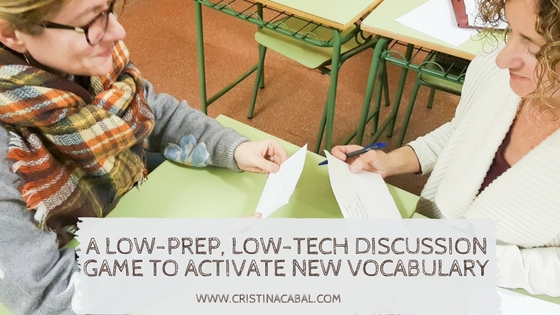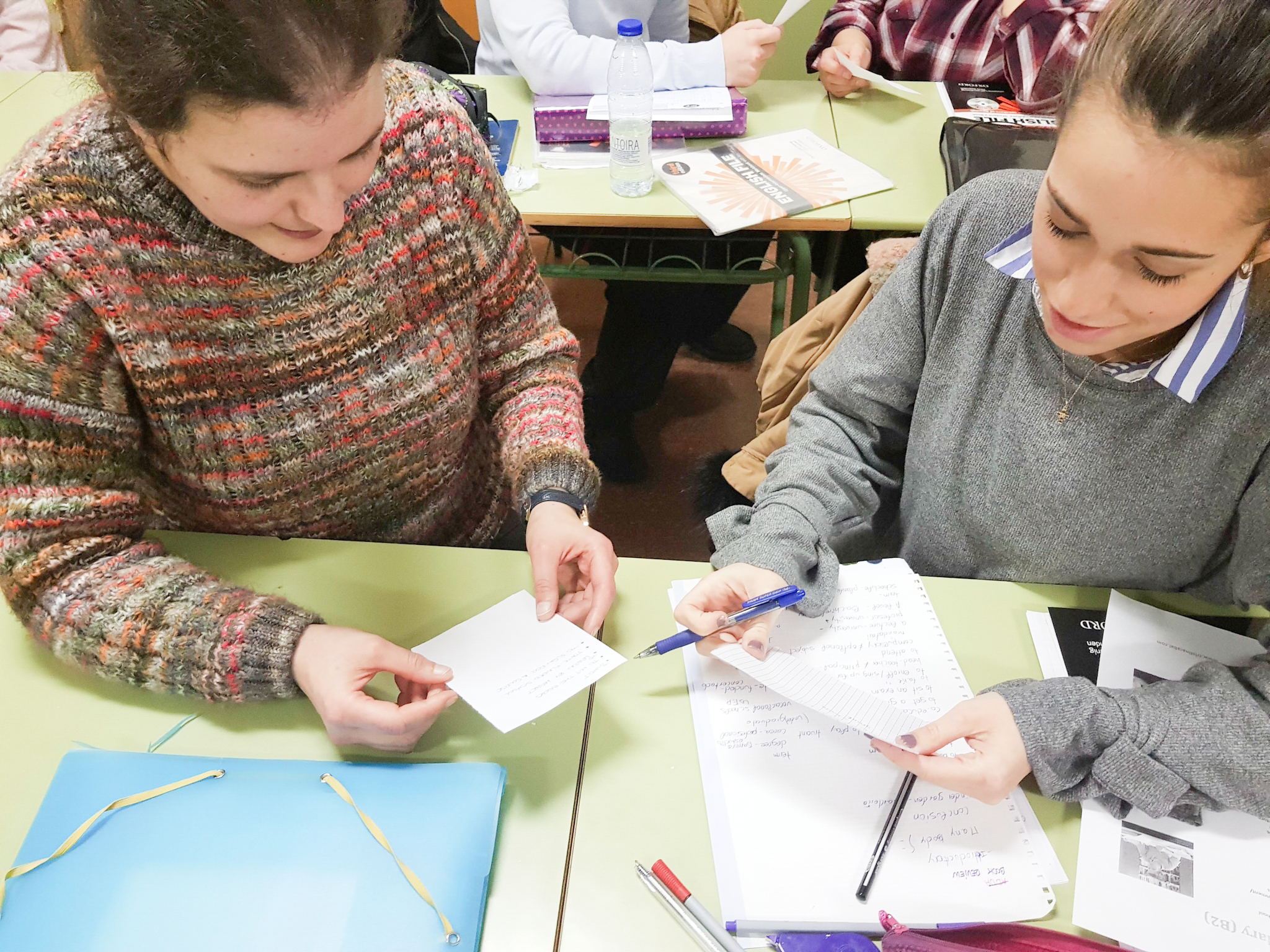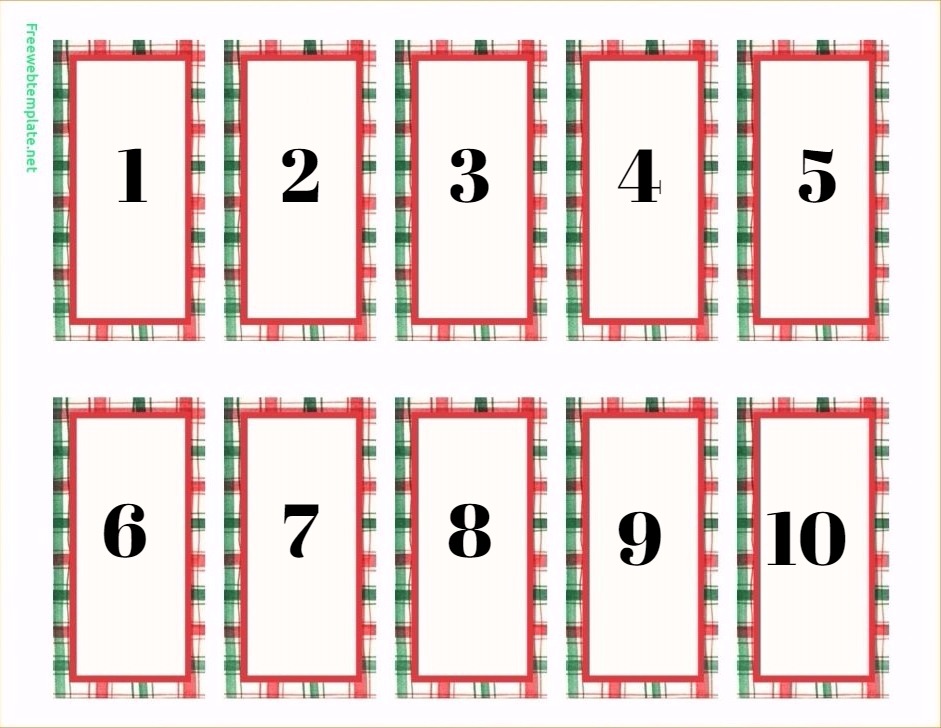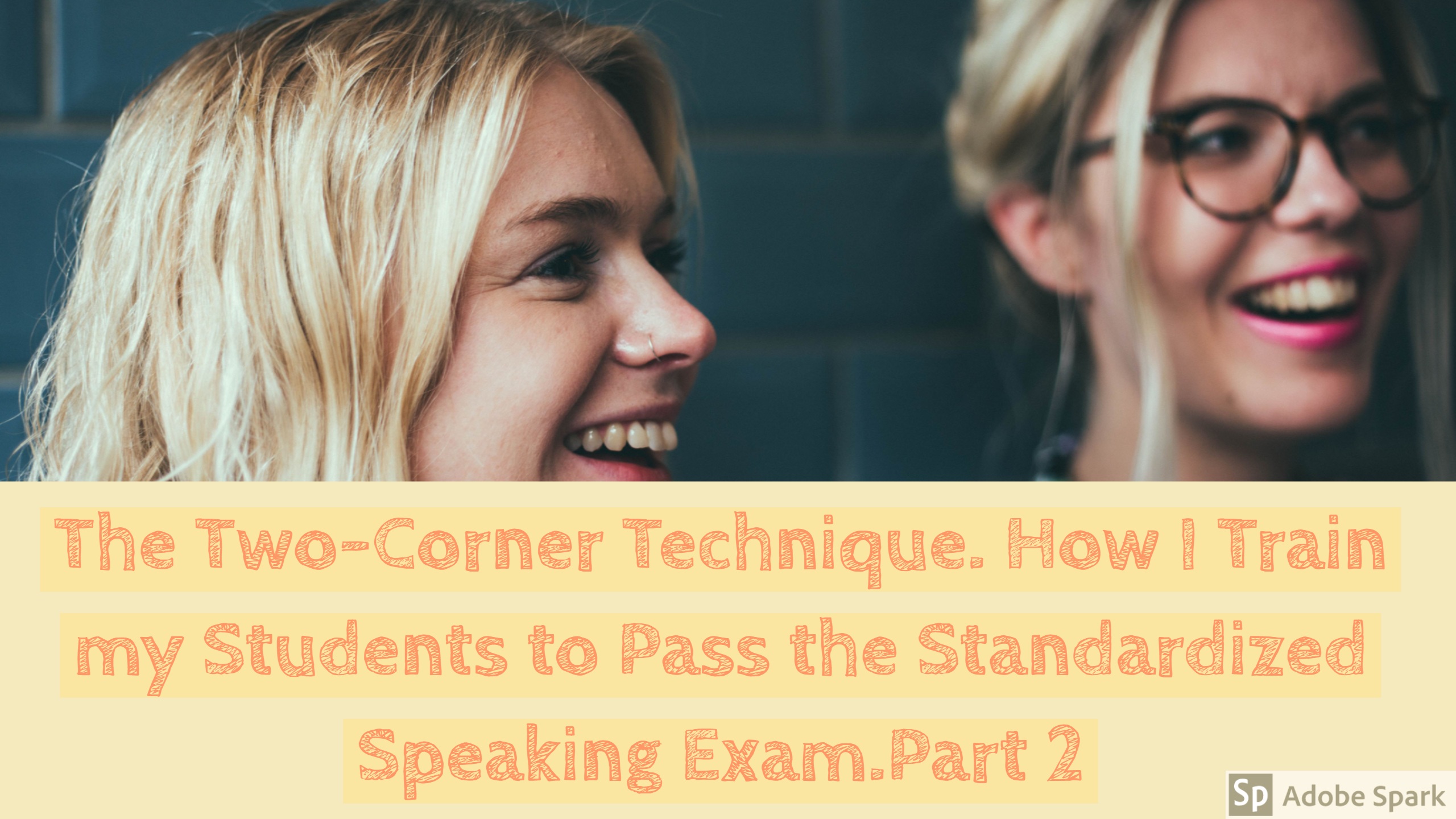I am not a big fan of watching TV. I find most programmes dull and very often uninteresting. However, one of the very first things I do as soon as I wake up (this, of course after my first cup of coffee) is to watch the news. However, lately, I have been considering skipping them. Is it me or do you have the impression that the news is filled with disaster and corruption? How can you be expected to rise and shine when the world is going crazy, when all the stories in the news are about crimes and criminals? I’d rather watch the weather forecast! Hey! Hold on!! Just heard about hurricanes and floods? I think I’ll stick to Netflix.

Anyway, please excuse my rambling and let me share with you some of the activities I have designed to help my students learn and practise vocabulary related to crime in a series of engaging speaking activities.
Using grass skirts. Making up a funny crime story
Preparation:
- Choose a number of crimes and write them down. You can use my own template. See it here.
- Cut a line between words (see picture) but don’t cut them all the way so that the slip of paper doesn’t detach.
- Each poster contains 9 crimes. If you have between 10 and 18 students you will need two copies of the poster.
- Put the poster(s) on the walls of the class.

Procedure:
- Point to the posters on the walls of the class.
- Tell students they will have about 10 minutes to make up a funny crime story. They can take notes but they cannot write the whole story.
- Ask students to stand up and take a crime. They will do it by tearing off the piece of paper containing the crime.
- Students sit down and began making up their funny crime stories.
- In groups of 3 or 4, they share their stories and decide on the best story in the group.
- The best story in each group will be then shared with the whole class and again the best story will be chosen.
Using a Feedback Tool to play a game to revise vocabulary.
This one is a lot of fun. Believe me!
Aim: to revise vocabulary related to crime using the free online tool Answergarden
Preparation: Minimal.
If you have never used a feedback tool, you really should give it a try. I have used feedback tools and also backchannels in my classes in a number of ways to teach English and I like them for several reasons.
- They are very effective
- They tell you in real time whether students are really learning or not.
- They give voice to all the students and not just to the ones who always raise hands.
- They are fun and make classes more interesting and engaging.
Downside: it requires the use of devices with an internet connection. However, two students can share the same device.
If you find it hard to integrate technology into your classes, I run workshops on the use of online free tools in the language classroom (tool+practical tested ideas+practice designing your own activities- see workshops here)
How to set a room in Answergarden in less than 1 minute.
- Go to Answergarden and click on Create Answergarden
- Type your topic or question
- Set Classroom or Brainstorm Mode
- Set the answer length to 20 characters
- Click on Create and share the link with your students.
- Students submit their answers and they are represented in the form of a growing word cloud.
Tip: Don’t forget to refresh your page to see all the answers the students are submitting or to choose the expand tab which will refresh the page automatically every 5 seconds.
The Game.Procedure
Step 1. Creating the wordcloud
Share the link for the Answergarden you have created and ask students to submit words related to crime. Their answers will be represented in the form of an attractive wordcloud.
(Note: This is an active answergarden. You can submit words, but please, only words related to crime 🙂
Step 2. Playing
- Divide the class into two teams and ask a representative of each team to come to the front of the class facing away from the board where the word cloud is displayed. Let’s call them Captain A and Captain B. Place a table in front of the students and on the table place two reception bells. If you can’t find the bells, any other sound would do! But, there has to be a sound, mainly, because it’s fun!
- Set a timer for 90 seconds. Teams have 1m 30´ to describe as many words as possible. Point to a word and ask the class to describe the word using synonyms, definitions or paraphrasing. If a captain knows the word, he will need to press the bell and then say the word.
- If the answer is correct, his team scores a point and the game continues in the same way until the time runs out. The teams choose other captains to continue playing.
- If the answer is incorrect, he won’t be allowed to guess again until the other captain has had a chance at guessing.
Random Questions- A Speaking Activity.
I have created the presentation with questions to discuss about crime and punishment with the free tool Genial.ly
Procedure:
- Ask students to write on a small scrap of paper 5 words they have learned. If they have learned “ to be sentenced to” for example, encourage them to write the whole expression and not just “sentenced “.
- Click on the random question button in the presentation. Ask students to swap slips of paper with their partners and get them to discuss the question reminding them to use as many words from the slip of paper as possible. Allow 4 or 5 minutes to discuss this question.
- Ask students to swap lists again before asking them to stand up and find a new partner.
- Click on the random question button in the presentation again and repeat procedure.
Hope you have enjoyed the activities.
You can follow the blog on Facebook and on Twitter.










